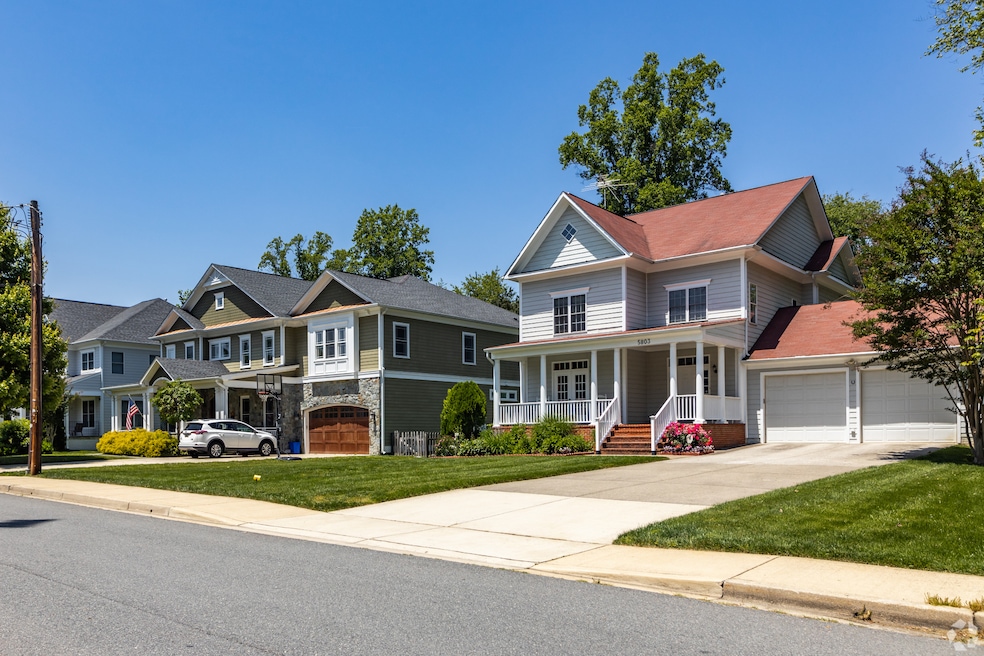Volatility in the mortgage market is making things tricky for homebuyers, so some are opting for riskier loans in exchange for a lower interest rate or exiting the housing market altogether.
Applications for purchase loans and refinances sank in the week ended April 11, according to data released by the Mortgage Bankers Association on Wednesday. But despite that overall decline, there were more applications for adjustable-rate mortgages in the week ended April 11 than since November 2023.
It’s the result of a steep increase in mortgage rates that took place during the same time period as economic uncertainty roiled investment markets. By last Friday, daily measures of the 30-year, fixed-rate mortgage were higher than 7% after making their biggest weekly jump in more than three years, data from Mortgage News Daily showed.
“Economic uncertainty and the volatility in rates is likely to make at least some prospective buyers more hesitant to move forward with a purchase,” Mike Fratantoni, MBA’s senior vice president and chief economist, said in a statement. “Given the jump in rates, more borrowers are opting for the lower initial rates that come with an ARM.”
Unlike fixed-rate mortgages, an adjustable-rate mortgage only has a set rate for the first few years of its life. In the case of 5/1 loans that are measured by the MBA’s data, borrowers have a set rate for the first five years of their loan.
Typically, that rate is lower than the fixed rate. For example, according to the MBA’s measure, the 30-year, fixed-rate mortgage rate was 6.81% in the week ended April 11. The 5/1 ARM rate was just 6.11%.
But at year six, that changes. From then on, the rate changes every year as determined by fluctuations in a benchmark index, such as the U.S. Treasury market, set by the lender. Movement in that benchmark determines whether borrowers will face a higher or lower rate.
In short: While an ARM can secure a lower mortgage rate, it’s only temporary, and it can end up with borrowers being stuck with volatile and expensive payments once the fixed period ends.

